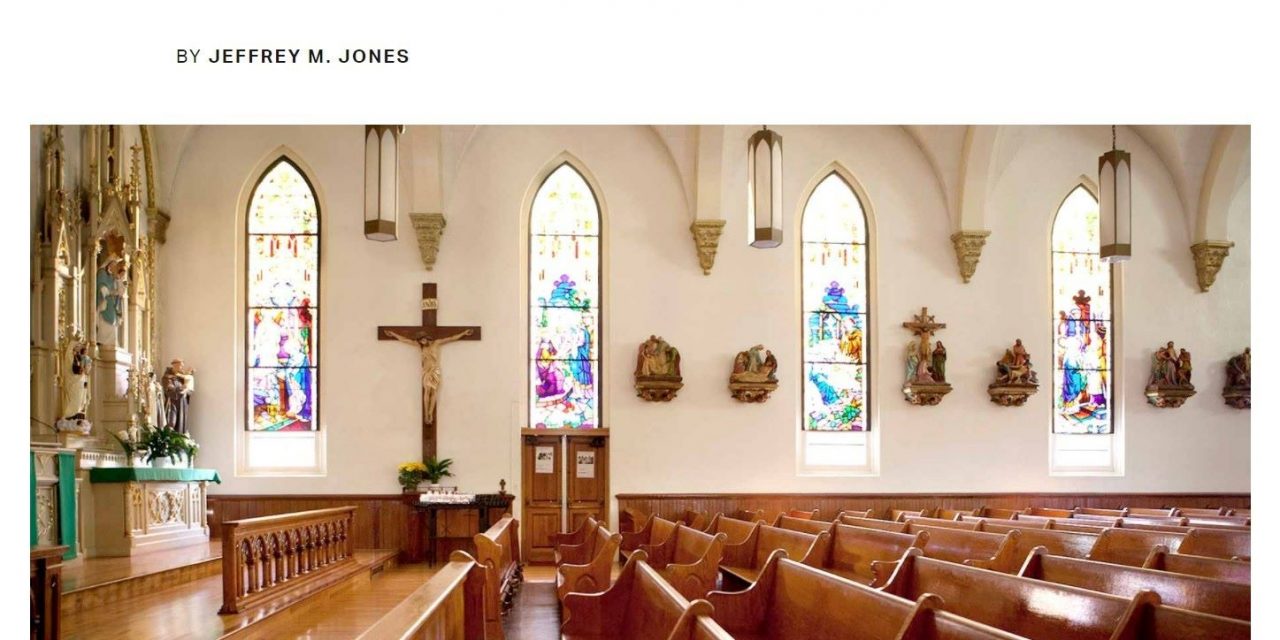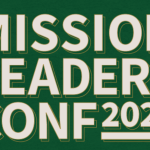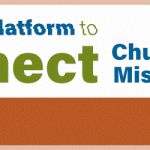We fear the answer is yes. If we’re understanding this correctly, according to Gallup poll data from 2020, for the first time in all of Gallup poll history, church membership has finally fallen below 50%. Somebody – please read the article at https://news.gallup.com/poll/341963/church-membership-falls-below-majority-first-time.aspx and tell us if we’re somehow misunderstanding it. It LOOKS like 3 facts are true: In 2020, 47% of U.S. adults belonged to a church, synagogue or mosque. This is down more than 20 points from the turn of the century alone. This change is primarily due to the rise in US of Americans with no religious preference. Gulp. If this is true, we’d better get busy sharing faith like never before.
10) Did Church Membership in the USA REALLY fall below 50%? (Gallup 2020)













How we define the things we study is important. For example, we can study people who “attend church” but we could also study people’s attitudes towards something deeper than mere church attendance — maybe disciple-hood, maybe allegiance to God, maybe a deeper more organic connection to God outside of a Sunday-morning experience. The stats may simply reflect people’s lack of faith in the church as an institution. So this may be a call to get people back to church but perhaps it’s more of a call to how we need to adapt what we do so that people’s journey with God is made more significant in other ways that what happens on Sunday morning.
I asked Ryan Burge about this on twitter. He studies stats related to religion and social stuff in America. His answer here: https://twitter.com/ryanburge/status/1395142776069754884?s=21.
He said: “ Talked about it on a few podcasts.
Membership is not a great way to measure religion anymore. Many people attend non-denominational churches that don’t even have membership.
So I think the Gallup numbers overestimate disaffiliation.”
Could it be that we have been draining life out of the “church” because we see it as a “noun” (a place or thing) instead of a “verb” (action or state of being)? As I compare the early church to the modern version it seems that we have moved from solid verbs to verbiage and wonder why we don’t see the same results.
Might it be instructive that in the Godhead the very name of God is a Verb “I AM” (the eternal present tense State of Being); and the Son, (Creator, Redeemer, Savior, Sustainer) actions or noun forms of verbs carried out; and the Holy Spirit (power or energy needed to accomplish action verbs)?
Numbers of people sitting inside the church (as a place) are not nearly as important as the numbers of people who work outside the church (in the harvest fields) but unfortunately the numbers are down in both places. But “numbers” are just “nouns” also and mean nothing without attachment to meaningful spiritual verbs of action. Lest this degrade into just more verbiage I cease.